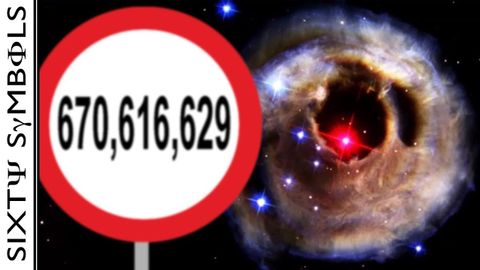超光速(比光還快)--60個符號。 (Superluminal Speeds (faster than light) - Sixty Symbols)
 沒有此條件下的單字
沒有此條件下的單字US /ɪnˈkrɛdəblɪ/
・
UK /ɪnˈkredəbli/
- adv.令人難以置信的是;難以置信地;非常地;令人難以置信地
- v.t./i.出現;估計;我認為〜;認為
- n.身影;(計算過的)數量;肖像;圖;形狀;人物;名人;人影;數字
US /ɪˈluʒən/
・
UK /ɪ'lu:ʒn/
- n. (c./u.)幻覺;錯誤的觀念或信仰;幻覺;魔術
US /məˈtɪriəl/
・
UK /məˈtɪəriəl/
- n. (c./u.)布料;素材;資料;材料;物質
- adj.重要的;物質的

